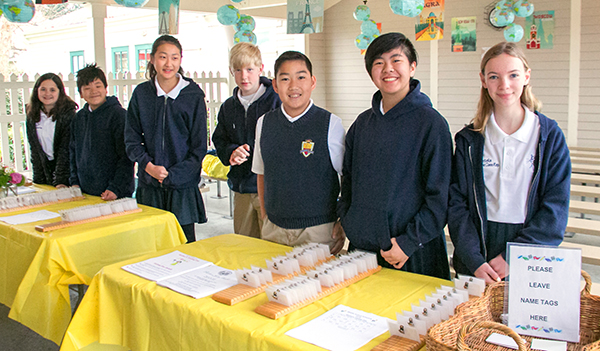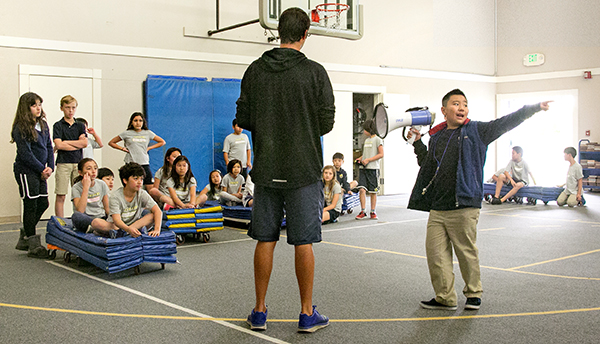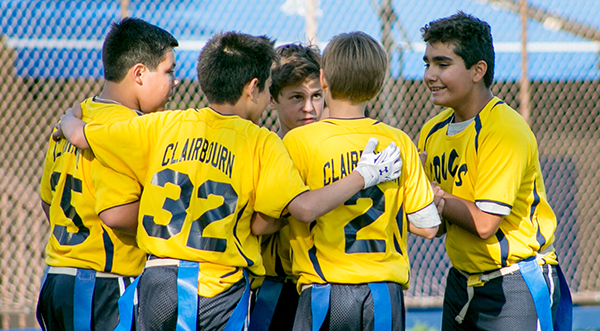
1,891 Images, 171 Days of Production,
17 Performers/Artists and 8 Apps
How was Middle School C.A.S.T. (Clairbourn After School Thespians) drama group going to produce William Shakespeare’s The Tempest during a pandemic? How were actors going to perform together when they were not allowed within six feet of each other and without the benefit of a stage?

An idea occurred to Mrs. Barker, but it was daunting: produce a cartoon version, where actors’ images would be captured individually, rendered into cartoons and then edited (one by one) into composite images.
So, over Christmas break, Mrs. Barker adapted the script and created storyboards. In January, cast members individually recorded their lines while on Zoom, and Mr. Barker edited their various files into an audio master. Through February and March, Mr. and Mrs. Barker captured images of the actors, individually, in costume and in their various positions.
Throughout February, March, April and May, images were extracted from their backgrounds, run through the cartoon filter, resized and positioned into their composites. Special effects were added. Along the way, the use of simple animations was explored to further enhance the magic central to the play. At the same time that the 2D composites were being created, video editing was underway. Composites were carefully ordered and matched to the voice recordings.
.png)
And what of the music? Each year, the music is a special challenge, as fitting the meter of Shakespeare’s verse to music for the modern ear is rather tricky. Before Christmas break, Mrs. Barker set about the task of composing melody lines for the verses and arranging them to live jams performed by the musician Rheyne. Tiffany Hsu, playing the role of Ariel, then recorded her songs at home, and her tracks were later laid over those of Rheyne’s.

Best of all, students volunteered to keep the process moving forward! Sarah I. created storyboard pages for the first act; Faith C. extracted images, filtered and composited images; and Vanessa H. did the same and then took on the added responsibility of video editing–in its entirety–Act 3, Scene 3, even sourcing out an animation to another student, Quinne F., as well animating and enhancing many images herself. Artists Irene X., Quinne F., Michelle Y., and Coco Z. provided much of the artwork for Act 4, Scene 1. We also had Marcel Z. helping out on writing the synopsis and designing a program.
In terms of just the video editing, 1,891 images were manipulated! This monumental endeavor was well worth the commitment, time and focused efforts in order to showcase the talent of our actors, vocalist and visual artists.
Click below for The Tempest Synopsis:


Congratulations, C.A.S.T.! Thank you to Mr. Barker, Mrs. Barker and everyone’s tireless efforts in making this production possible!




